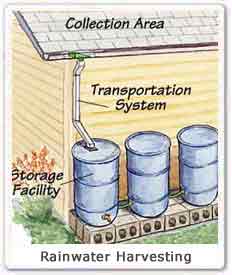
With a surface area http://bit.ly/VSPVln
via Tumblr http://innovativegreenliving.tumblr.com/post/32449968480

With a surface area http://bit.ly/VSPVln
via Tumblr http://innovativegreenliving.tumblr.com/post/32449968480


Act like you live he http://bit.ly/S6edUT
via Tumblr http://innovativegreenliving.tumblr.com/post/32322376055

Did you know: Mount http://bit.ly/VBM7VI
via Tumblr http://innovativegreenliving.tumblr.com/post/32256844847

Did you know: The wo http://bit.ly/QyENGV
via Tumblr http://innovativegreenliving.tumblr.com/post/32189946150


Can you see the diff http://bit.ly/OYXvHi
via Tumblr http://innovativegreenliving.tumblr.com/post/31853332943

Did you know: The Sa http://bit.ly/QypcHt
via Tumblr http://innovativegreenliving.tumblr.com/post/31787282240


We the people vs We http://bit.ly/QT3MH8
via Tumblr http://innovativegreenliving.tumblr.com/post/31722152696

Did you know: The wo http://bit.ly/Sje6VN
via Tumblr http://innovativegreenliving.tumblr.com/post/31510481305

Scoresby Sund is the http://bit.ly/S6Ienb
via Tumblr http://innovativegreenliving.tumblr.com/post/31328352232

“Coming together is http://bit.ly/RwnfPN
via Tumblr http://innovativegreenliving.tumblr.com/post/31264652532


The clock is ticking http://bit.ly/RSe2Mt
via Tumblr http://innovativegreenliving.tumblr.com/post/31047389627









When you conserve wa http://bit.ly/TQtfQ2
via Tumblr http://innovativegreenliving.tumblr.com/post/30792199920